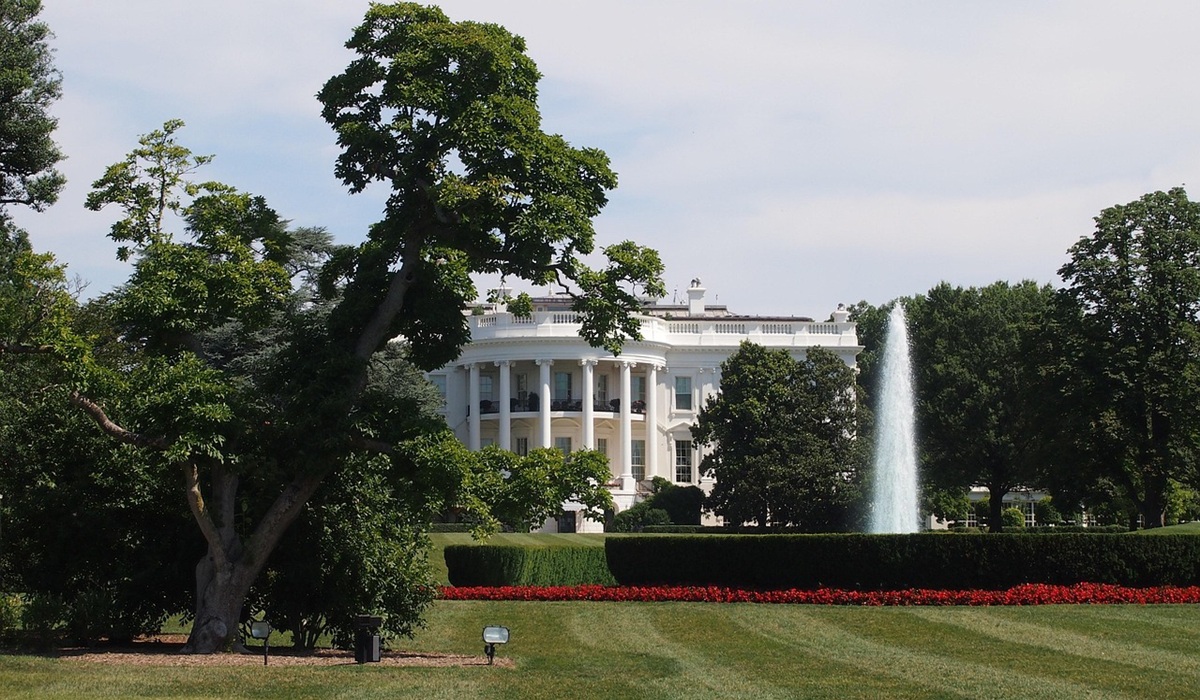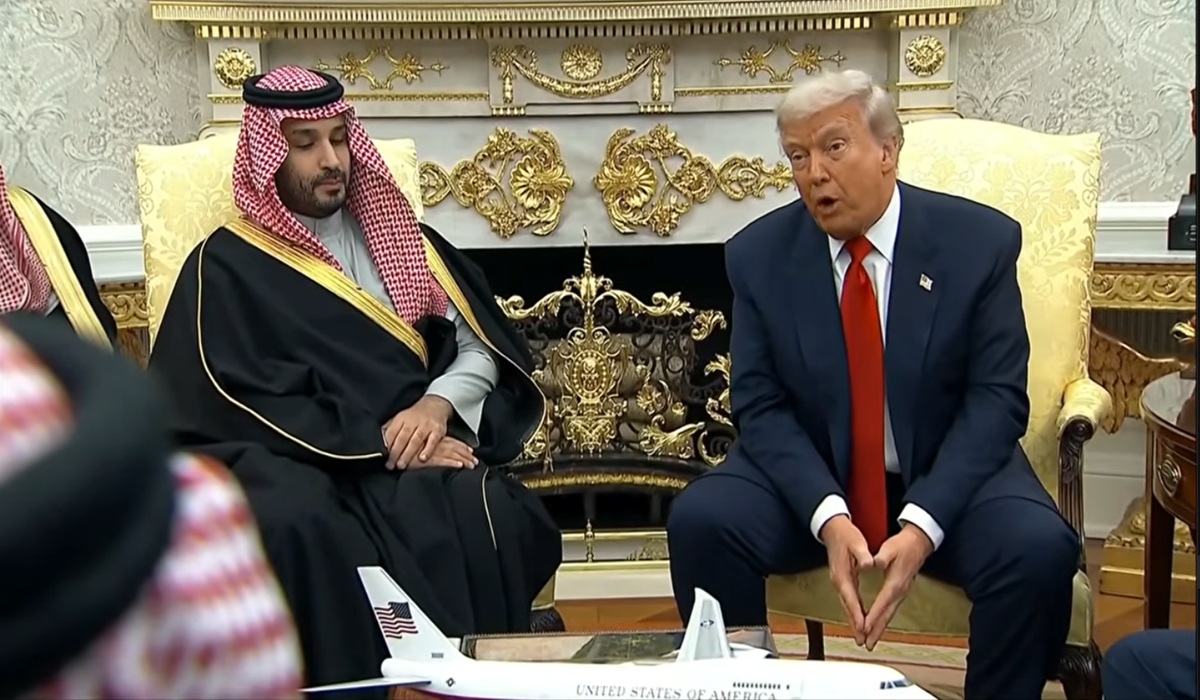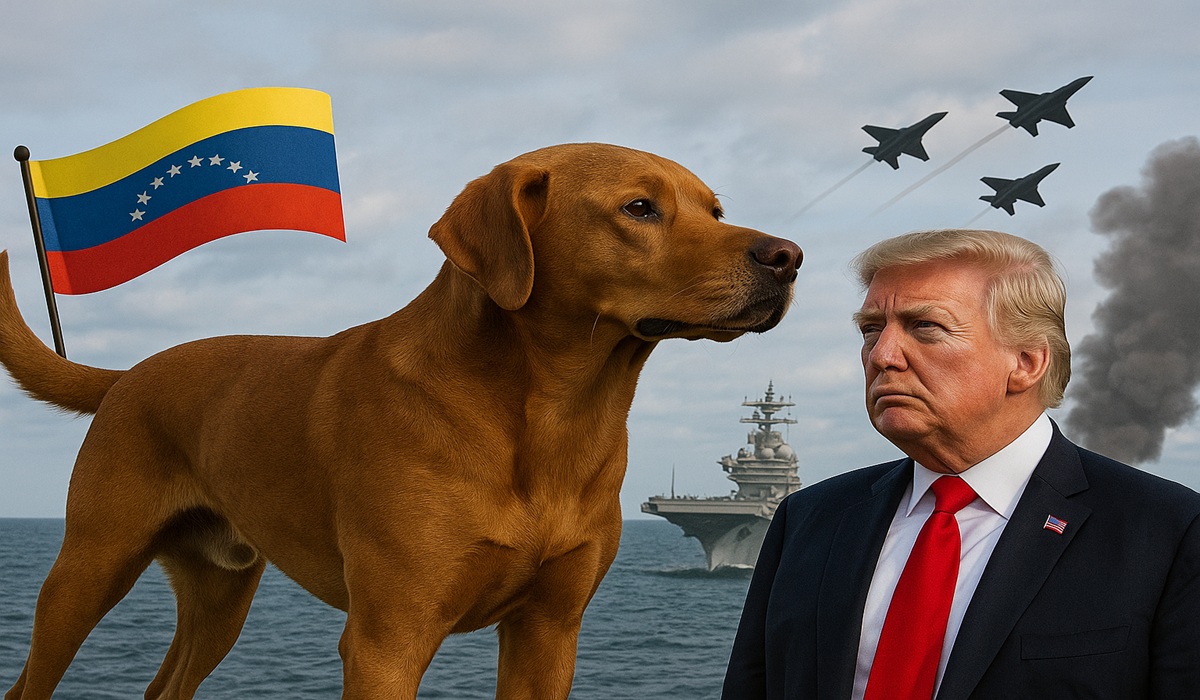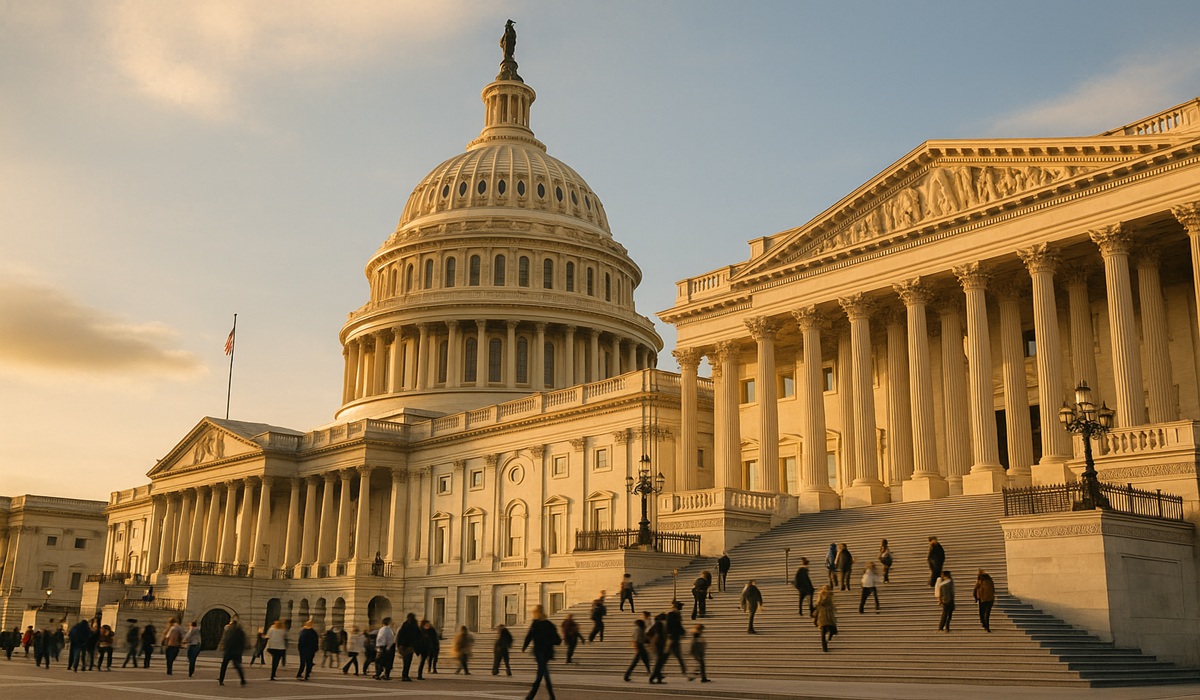Trump’s 10-to-12-Day Ultimatum to Russia Reveals the Real Commander of NATO
- Naomi Dela Cruz
- U.S.A
- July 28, 2025
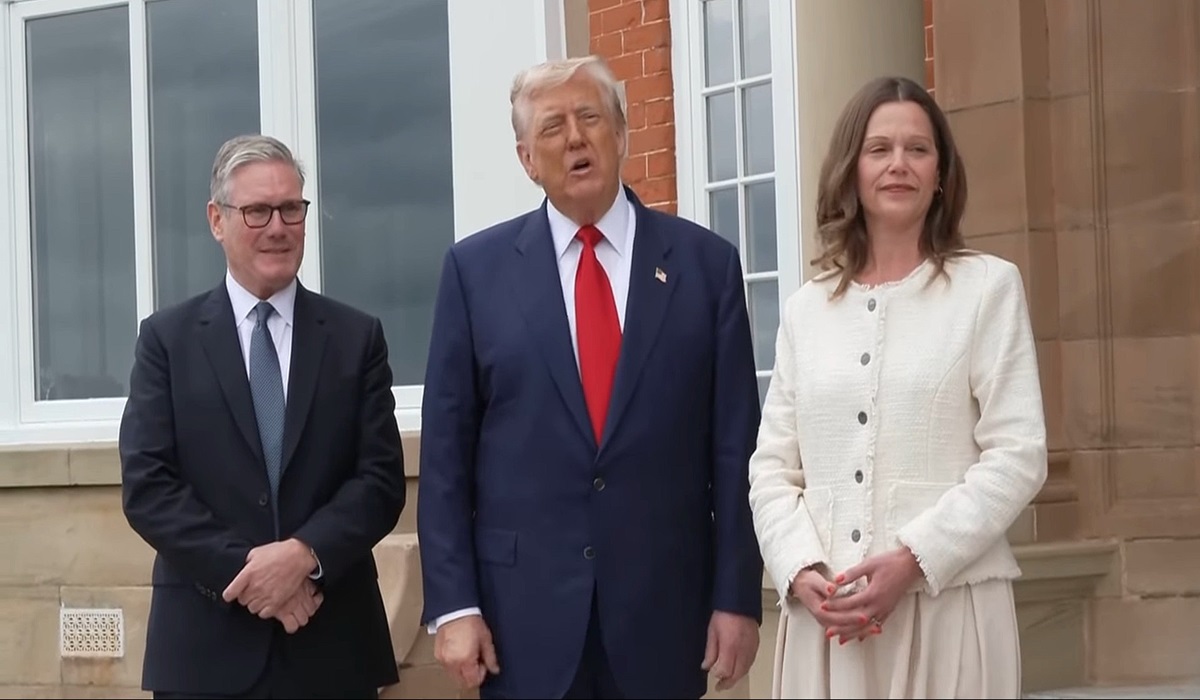
U.S President Donald Trump, has issued a bold new directive to Russian President Vladimir Putin: reach a peace deal with Ukraine within 10 to 12 days, or the United States will impose new sanctions and begin pressing NATO to authorize long-range missile deliveries to Ukraine. This shift marks an aggressive tightening of Washington’s stance, transforming diplomatic inertia into strategic coercion. Yet the geopolitical weight of this move is far more complex than it may first appear.
While sanctions have long been the go-to tool for signaling disapproval and exerting economic pressure, the effectiveness of such measures—particularly against Russia—has become increasingly questionable. Despite years of Western sanctions since the annexation of Crimea in 2014 and even more severe restrictions following the full-scale invasion of Ukraine in 2022, Russia has not only adapted but, in many ways, flourished under the pressure. It remains a dominant member of the BRICS alliance—Brazil, Russia, India, China, and South Africa—an emerging economic bloc that now includes the UAE, Iran, Egypt and other nations. This coalition has provided Russia with alternative trade routes, financial partnerships, and non-Western markets, significantly blunting the intended impact of Western financial punishments.
Far from collapsing, Russia’s wartime economy has demonstrated unexpected resilience. With war comes an increase in domestic arms production, industrial output, and state-backed employment—all of which have lifted Russia’s GDP in recent quarters. The country continues to be one of the largest global exporters of oil and natural gas, with surging demand from countries such as India and China offsetting European disengagement. Additionally, Moscow has found ways to move around the SWIFT system by building parallel financial infrastructure with its BRICS partners. This includes bilateral currency agreements and emerging alternatives like the Chinese Cross-Border Interbank Payment System (CIPS), reducing reliance on Western-controlled channels.
In this context, Trump’s proposed sanctions package may not carry the devastating weight it might have a decade ago. Officials in the administration are framing the sanctions as targeted and punitive—focused on cutting off key sectors such as aerospace components, semiconductors, and banking transactions—but even these are unlikely to shift Russia’s strategic calculus. They may be more symbolic than substantive, a show of American resolve rather than a turning point in the war.
Still, Trump’s real message may lie not in the economic penalties but in the military consequences of failing to reach a deal. By publicly discussing the potential authorization of long-range missile systems through NATO, the administration is signaling a new level of engagement. These missiles, such as the U.S.-made ATACMS or European equivalents, can reach targets deep within Russian territory. While officially intended to strike military infrastructure, the proximity of such sites to civilian populations makes the risk of broader escalation alarmingly real.
Under normal circumstances, NATO’s rules require unanimous agreement for offensive military support of this kind. But Trump has suggested that the U.S., with its outsized influence, may bypass full consensus if necessary. “If peace doesn’t happen fast, America will act—and NATO will follow,” he said in one of the more controversial lines of his announcement. It is an open challenge to the structure of NATO itself, raising questions about who truly directs the alliance: its 31 member states acting in concert, or the United States acting unilaterally with expectation of compliance.
For many European allies, this proposition is troubling. Countries like Germany and France have emphasized diplomacy and containment, wary of actions that could provoke direct confrontation with a nuclear power. They view Trump’s stance as unnecessarily provocative, fearing it will only harden Russian resolve and alienate fragile global partnerships. Yet for others in the alliance—especially Eastern European states bordering Russia—Trump’s assertiveness is a welcome shift toward deterrence by strength rather than caution.
At the heart of this moment is a deeper realization: traditional tools of statecraft are losing their edge. Sanctions, long regarded as a slow but effective form of pressure, no longer work when the targeted state can sidestep the global systems meant to enforce them. Diplomatic negotiations, too, have stalled. Ukraine remains defiant, and Russia remains entrenched. The U.S. has been unable to broker a resolution in the Middle East, and it risks repeating that same failure in Eastern Europe. Issuing deadlines and threats may project resolve, but they do not constitute a strategy for sustainable peace.
Trump’s ultimatum, therefore, is not just a tactic—it’s a declaration of a new phase in the war. One that substitutes hard timelines for open dialogue, and strategic deterrence for gradual diplomacy. It is also a revealing test of NATO’s cohesion. Will the alliance remain a unified, consensus-based entity, or will it bend under the pressure of American urgency and military dominance?
As the countdown begins, the world watches a precarious game unfold—one where the tools of the past no longer guarantee the outcomes they once promised. The threat of sanctions carries little bite when alternative systems thrive. And the promise of peace through pressure rings hollow when the machinery of war continues to churn. Whether this leads to resolution or escalation remains to be seen, but one thing is certain: the international order as we knew it is shifting—and the war in Ukraine is where those new rules are being written.

